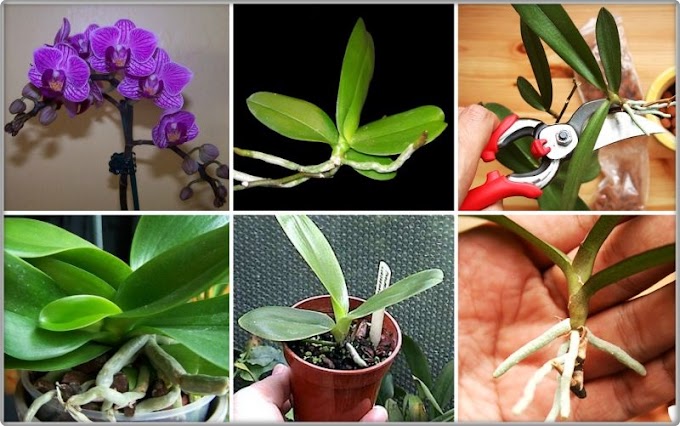Huerniopsis decipiens is a Stapeliad characterized by beautiful that came in a wide variety of colors, either uniform shades of reddish, brown, maroon or faintly green with white or with a varying amount of yellowish mottling. Flowers opens simultaneously or with long intervals in late summer or autumn. The stems are decumbent, up to 3 inches (7.5 cm) long, up to 0.5 inch (1.3 cm) thick, 4-angled, with spreading teeth, glabrous, dull green or purplish tinted.
Scientific Name
Huerniopsis decipiens N.E. Br.
Synonyms
Caralluma grivana, Piaranthus decipiens, Piaranthus grivanus
Scientific Classification
Family: Apocynaceae
Subfamily: Asclepiadoideae
Genus: Huerniopsis
Subfamily: Asclepiadoideae
Genus: Huerniopsis
Hardiness
USDA hardiness zone 10a to 11b: from 30 °F (−1.1 °C) to 50 °F (+10 °C).
How to Grow and Care
Stapeliads are relatively easy to grow. They should be treated as an outdoor plant as they will easily rot indoors and cannot flower without exposure to outdoor temperature fluctuations. They should be grown under cover so that watering can be controlled. They require a reasonable amount of sunlight to promote flowering and maintain a well shaped plant.
Very shady positions will produce very poor flowering. Stapeliads come from climates where they survive extremely high temperatures in the summer months so most growth is in spring and autumn, with flowering in autumn when the weather starts to cool down. In growing season, water in moderation when needed, making sure soil is fairly dried out between waterings. Do not water between November 1 and March 1.
The easiest and best way to propagate Stapeliads is from stem cuttings which can be taken virtually throughout the year. Seed is also a method of propagation.




